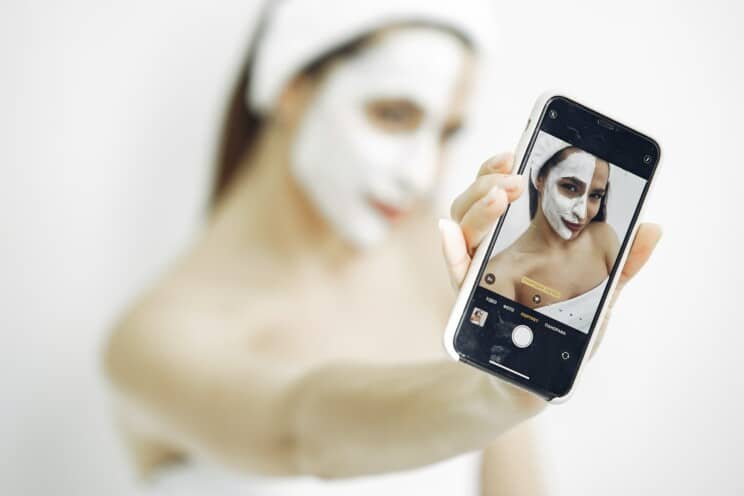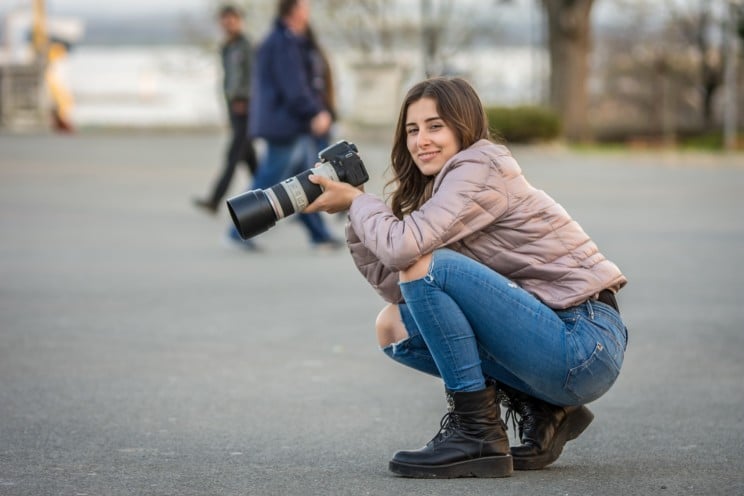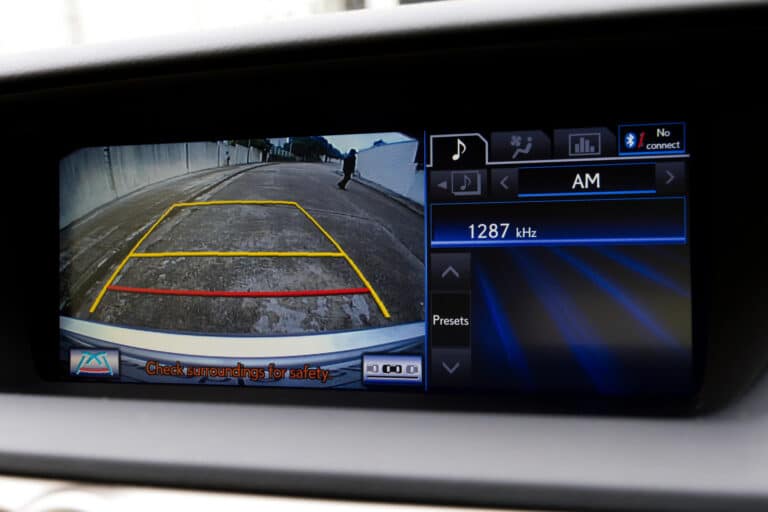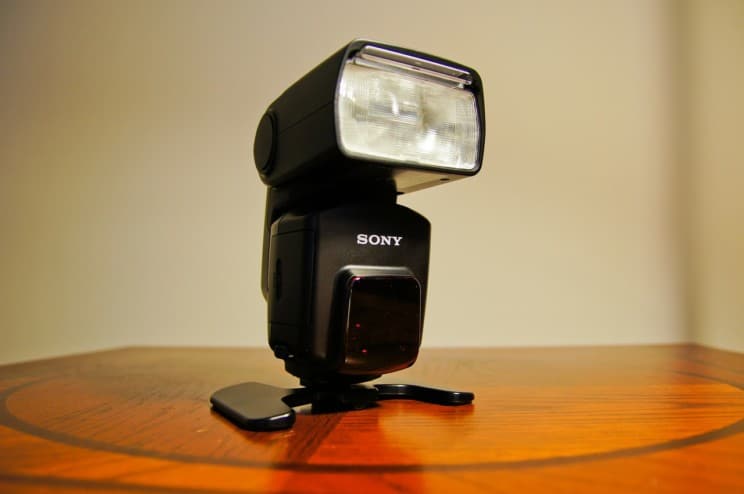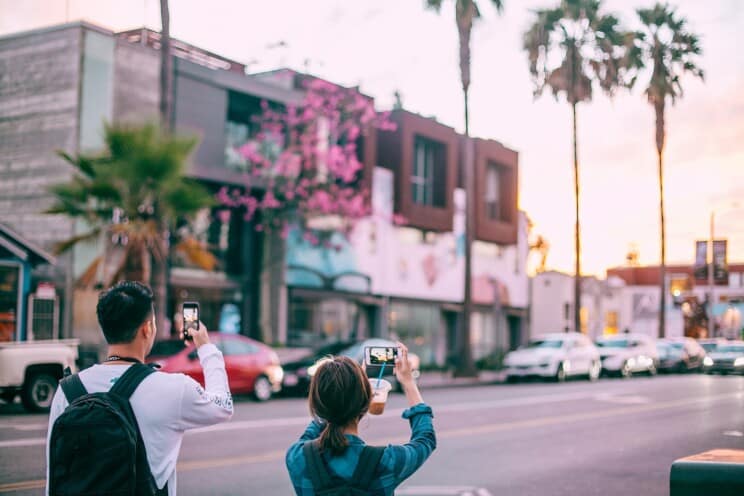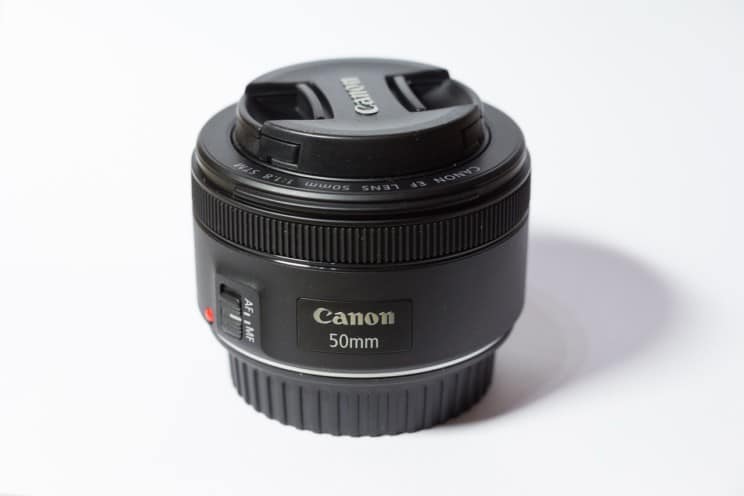Tiffen Filters vs Hoya Filters – Which Are Better?
We have decided to look at Tiffen vs Hoya filters to help our readers decide which are best for their needs.
Tiffen vs Hoya filters – which are better for you to use?
Both brands feature exceptional products and have excellent reputations within the photography community. We hope that this article will fill your needs as you seek advice on which filter to use.
Is Tiffen a good brand?
We will be taking a closer look at Tiffen’s product range first. This lens company specializes in filters for niche-based needs and Cpl, ND, and UV filters.
These lens filters are lightweight, with low, thin profile frames that are robust. Some of the benefits you will enjoy include easy storage, better lens protection, and faster mounting and unmounting.
Tiffen filter elements have quality American, Japanese, and German-made glass that meet the company’s quality control standards. Purchasing one of these filters ensures consistent quality.
The CPL, ND, and UV filters come in the most popular sizes ranging from 37mm to 82mm. Other filter types may be available in sizes that correspond to their niche needs.
Tiffen filters have a solid reputation, outstanding performance, and are reliable, with their top feature being excellent availability. Because so many merchants stock these filters, we can always be sure of having them when needed.
Are Tiffen filters coated?
Photographers often have to work in weather-related conditions that impact visibility during photography. One of the significant benefits that these filters offer is at least a minimal coating that protects against dirt, dust, and water droplets.
Are Hoya good filters?
Hoya filters are not quite as popular with North American photographers as Tiffen filters, but they are still a trendy brand with a steady customer base. Like their Tiffen counterparts, Hoya has CPL, ND, and UV filters and filters for specialist use.
Some differences between Hoya and Tiffen include different coating styles and a less linear style with different thread sizes. Many photographers find these differences particularly helpful within a niche setting.
Another similarity that Hoya filters share with Tiffen filters is that they thread easily for faster addition or removal. These filters also have frames that are also lightweight with a smaller profile while easily withstanding the demands of transport.
Does Kenko own Hoya?
Kenko is Hoya’s exclusive importer and distributor in the United States. This California company has been in operation since 1973. In addition to Hoya filters and its brand-name products, Kenko also handles distribution for Daiwa, Slik, and Tokina products.
Although some photographers are not as particular about brands used, others place a high value on brands involving a diverse product range. For many photographers, this is what makes all the difference.
What are the types of lens filters used most often?
As we have highlighted in the previous paragraphs, there are three types of lens filters that photographers use more often than others. These are Cpl, NV, and UV.
Here’s a closer look at how all of these lens filter types differ:
CPL – circular polarizing linear
Polarizing filters, like the CPL filters that Tiffen and Hoya offer, reduce reflections and saturate image colors, much like sunglasses. After mounting the filter on the lens, you can easily rotate the filter as you please to get the best effects.
Although suitable for all photography types, you’ll see the most benefit when taking photos of landscapes. These filters minimize reflections from water surfaces, cut down on glare, make colors stand out, and make the sky look darker.
This filter is not a good fit for wide-angle lenses because it can make the sky look less even. Panning is not recommended when you’re using one of these filters because it makes the sky look less consistent.
ND – neutural density filters
Neutral density filters have dark-colored glass that reduces the amount of light the camera’s sensor receives without impacting the color. Excessively bright studio flashes and sunlight are two examples of the type of light that these filters eliminate.
One of the advantages of using these filters is that they require no adjustment. Focusing and metering systems work with these filters attached.
You can shoot at slower shutter speeds without worrying about overexposure. When shooting moving objects, such as ocean waves, a tripod can be helpful.
Flash, landscape, and street photography are easier with these filters, as well as moving water. Tiffen has filters, as well as filter kits, that make this process easier.
Some photographers prefer a graduated neutral density filter that provides a vertical transition between the sky and foreground. The darkness of these neutral density filters varies.
UV -ultraviolet filters
Ultraviolet filters provide protection from scratches, dirt, or moisture. Nature photographers and those who shoot in muddy, dusty, or wet environments benefit the most from these filters.
A similar type of filter, known as a skylight filter, cuts down on needless blue sky tones, as well as color reflections on subjects’ skin. However, these filters can intensify lens flares that may impact your image quality.
Hoya and Tiffen make excellent options to provide the protection your lens needs.
What are some specialized lens filters that some professionals use?
Color correcting filters may correct or enhance your colors, often resulting in gloomier or sunnier looks. These filters make special effects easier without the use of post-production software.
Close-up filters help provide the effects of a macro lens without switching out your current lens. Photographers who don’t need to take close-ups very often use these lens filters regularly.
Special effects lens filters for effects like twinkles are suitable for photographers who prefer not to use software for some results. Day for night, center spot, multi-vision, and infrared filters are also popular with some photographers.
Final thoughts
Tiffen and Hoya filters balance out because of the range of possibilities that they offer and the number of variations available. However, if we had to choose one or the other, our preference would be Tiffen because of the greater availability.

